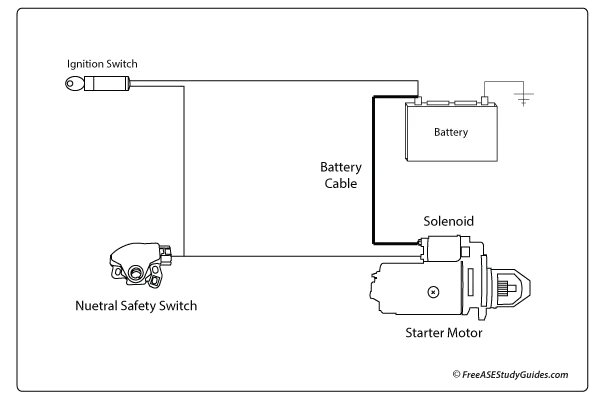Automotive Antitheft Systems

Troubleshooting automotive antitheft systems can be daunting, especially if installation information is unavailable. Factory alarm systems typically incorporate the control module into the BCM or PCM. Aftermarket alarm systems add an additional module to the vehicle and tap into circuits and switches to provide antitheft protection. Both alarm systems use some of the same components, switches, and circuits.

Courtesy Light Switch: Located in the door jam, the courtesy light switch illuminates the dome light. It informs the antitheft system if one of the doors is open. Both factory and aftermarket alarm manufacturers use these switches. Unfortunately, door, trunk, and hood switches can become faulty and wreak havoc on the security system when worn from continuous use (driver's door).
All three of these switches prevent unauthorized entry. If the switch were stuck open, the alarm would not set or remain unarmed. An intermittent problem with a courtesy light switch activates the alarm for no reason, like when the vehicle sits still. This problem may result in a dead alarm or dome light battery.

Ignition Switch: The ignition switch is another component utilized by both aftermarket and factory alarms to disable the starting system. Splicing into the ignition switch presents more aftermarket system problems than factory alarms. Things can go wrong with the wiring and installation. Working in uncomfortable positions for long periods can make installation more difficult.
These are just a few components used by antitheft systems. A faulty inhibitor or start relay could be at fault. So often, the key pod or the ignition switch's antenna ring or module prevents the system from operating or even shutting down.
In the past, temporarily disarming a system may be as easy as flipping a switch or unplugging the control module. Good or bad, today's aftermarket and most factory alarms are difficult to disarm. It usually takes patience and the proper manuals, flow charts, and directions to do so.